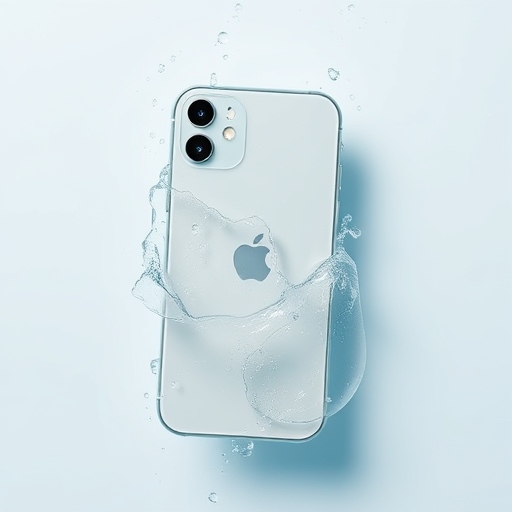In today’s fast-paced world of technology, smartphones have become indispensable companions. However, as newer models hit the market, many users upgrade, leaving their older devices behind. Instead of ending up in landfills, these devices can be given a second life through refurbishment. In this article, we’ll explore the process of how an iPhone is refurbished, turning yesterday’s gadget into a reliable and cost-effective option for many users.
Step 1: Collection and Evaluation
The journey of refurbishment begins with the collection of pre-owned iPhones. These devices come from various sources, including trade-in programs, buyback initiatives, and individual sellers. Upon receipt, each iPhone undergoes a thorough evaluation to determine its condition and identify any necessary repairs. Experts inspect the exterior for signs of wear and tear, check the functionality of all components, and verify the integrity of the battery and screen.
Step 2: Data Wiping and Cleaning
Before any refurbishment work begins, all personal data must be securely wiped from the device to protect the previous owner’s privacy. This step involves using specialized software to ensure no trace of the original user’s information remains. Following data removal, the iPhone is cleaned meticulously to remove dirt, dust, and fingerprints, restoring its appearance to near-new condition.
Step 3: Repairs and Replacements
Depending on the condition of the device, various repairs may be required. This could range from replacing the battery to fixing the display, repairing buttons, or replacing the charging port. Only genuine Apple parts are used to maintain the quality and performance standards expected of an iPhone. After repairs, the device undergoes a series of tests to ensure that all functions work correctly.
Step 4: Software Update
An important aspect of refurbishing an iPhone is ensuring that it runs the latest version of iOS. This step involves updating the operating system and installing any critical security patches. By doing so, the refurbished iPhone offers a seamless user experience and access to the latest features and apps available on the App Store.
Step 5: Quality Assurance
Once all repairs are complete and the software is updated, the iPhone undergoes a final quality assurance check. Technicians verify that the device meets all the necessary standards for performance and reliability. This rigorous testing ensures that customers receive a product that performs just as well as a brand new iPhone.
Step 6: Packaging and Certification
The last step in the refurbishment process involves packaging the device in a new box along with all necessary accessories, such as a charger and earphones. Each refurbished iPhone is then certified and ready for sale. Customers purchasing a refurbished iPhone can expect a warranty, providing peace of mind and assurance of quality.
Conclusion
Refurbishing iPhones not only provides an affordable alternative to buying brand new but also contributes to a more sustainable future. By extending the lifespan of electronic devices, we reduce waste and lessen the environmental impact associated with manufacturing new phones. Whether you’re looking for a budget-friendly option or simply prefer the idea of giving a previously owned device a new lease on life, a refurbished iPhone is an excellent choice.
Selling your old phone doesn’t have to be complicated. By choosing the right platform, you can ensure a safe, efficient, and profitable transaction. Gbuyback.com offers a seamless experience backed by reliable support, making it an excellent choice for anyone looking to sell their phone. Start the process today and turn your old device into cash with minimal effort.


